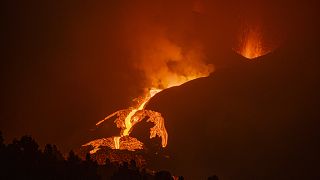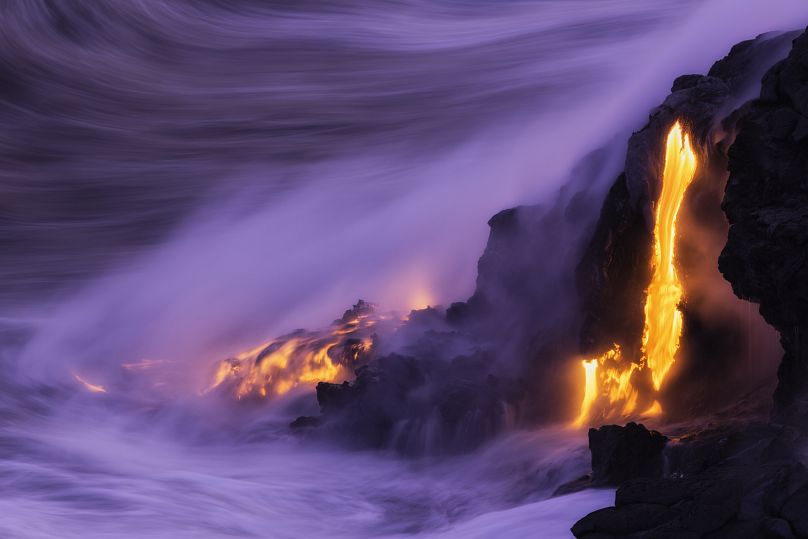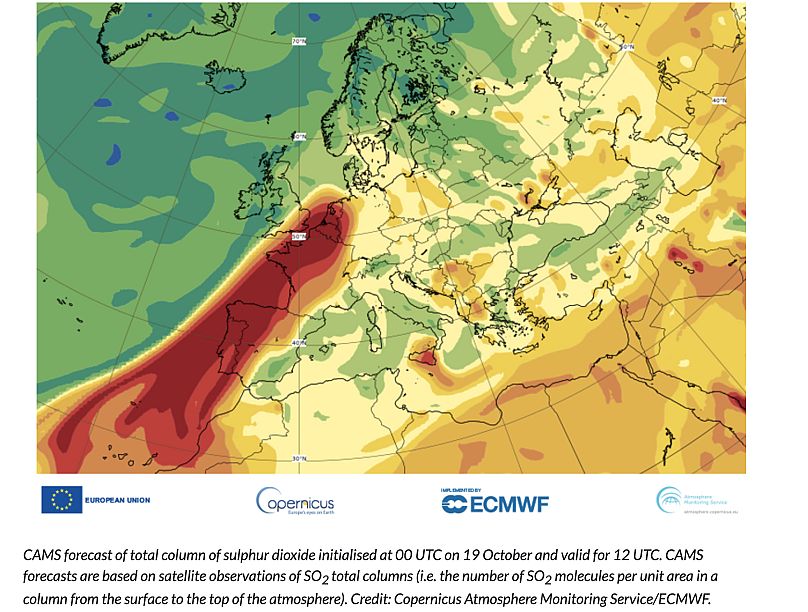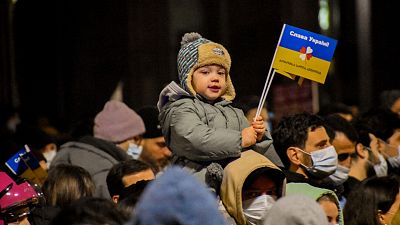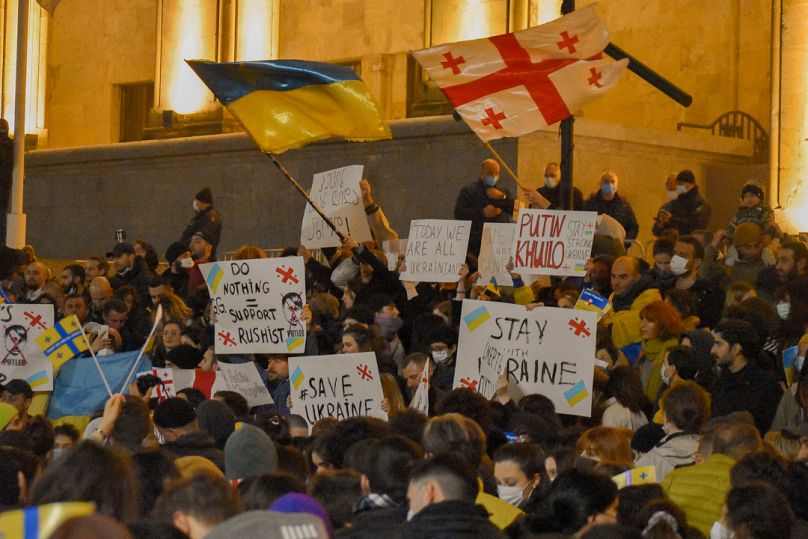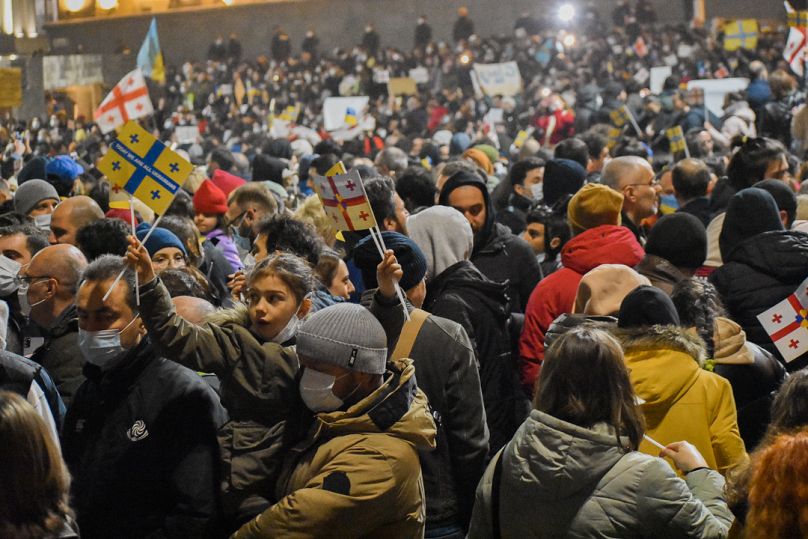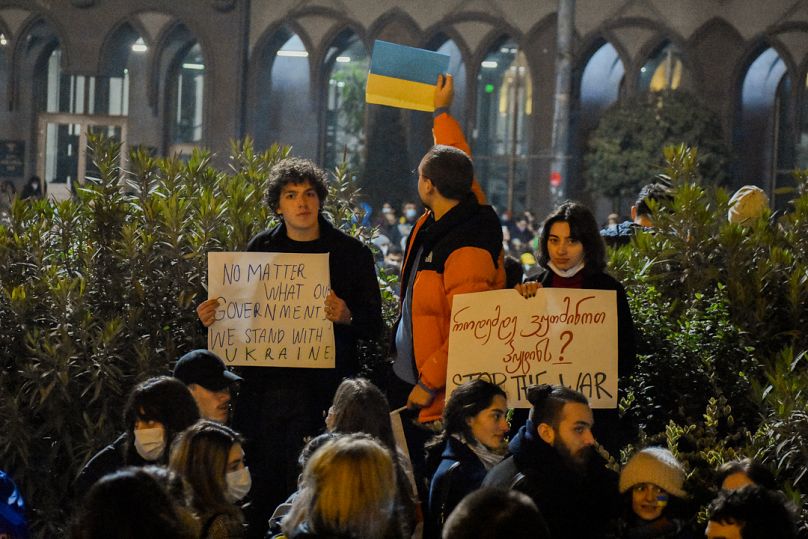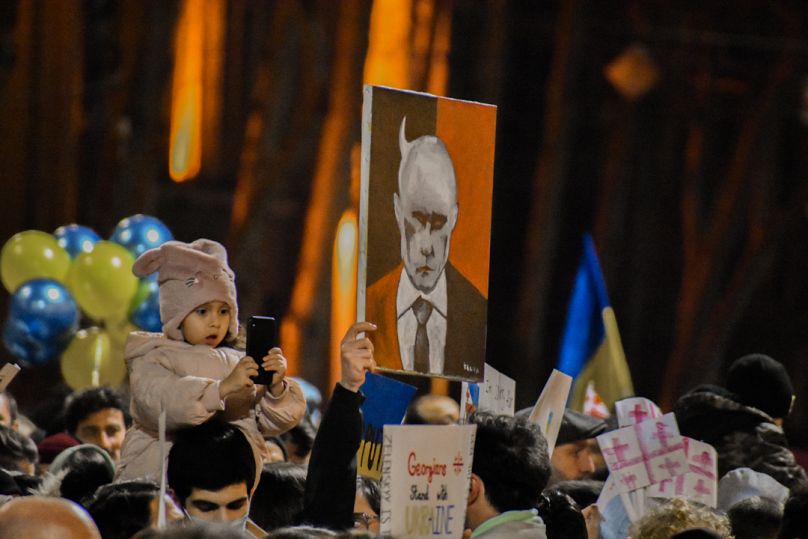By Allison Finch, AccuWeather, Accuweather.com

Flooding near Warner's Creek closed State Route 7 in Lewis County from milepost 2 to milepost 11 due to flooding near Warner's Creek. Photo courtesy of the Washington State Department of Transportation/Twitter
An extreme atmospheric river unleashed heavy rain and snow over the Pacific Northwest over the last three days of February, bringing significant flooding, avalanche threats, landslides and wreaking havoc on roadways.
The deluge shattered daily rainfall records in Seattle, according to the National Weather Service, and the Emerald City wasn't the only place to break daily rainfall records. The new daily record of 2.97 inches of rain in Seattle surpassed the previous record of 1.46 inches set back on Feb. 28, 1972. Feb. 28 also took the spot for the fourth-wettest February day on record.
The heavy rain to close out February marked an abrupt turnaround as, for most of the month, precipitation amounts in Seattle were trending well below average.
"There has been more rain in the last three days of February in Seattle than there was in the entire month" leading up to that rainy stretch, AccuWeather Director of Forecast Operations Dan DePodwin said. "In fact, the 4.58 inches in the last three days is nearly an inch above the normal for the month," DePodwin added, noting that Seattle, on average, picks up 3.76 inches of rain in February.
"While this month will go down as wetter than normal -- 141 of normal -- it likely will be remembered for being dry due to the majority of days that did not have much precipitation," he said.

For the first 25 days of the month in Portland, Ore., only 58 hundredths of an inch of rain fell, making for a dry month. The city recorded 2.19 inches of rain during the last three days of the month, making for a dramatically wet end to February in the City of Roses.
Just south of Seattle, in Olympia, Wash., 3.12 inches of rain fell, breaking the previous record of 1.69 inches set back in 1972, according to the NWS. West of Olympia, Hoquiam, Wash., broke its 1967 daily rainfall record of 1.33 inches when a total of 2.14 inches of rain fell on Feb. 28.
"These atmospheric river patterns that set up across the Pacific Ocean happen only several times a year, primarily October to April, so while that much rain is not common when this pattern sets up over an area and persists for a couple of days, heavy rain where it sets up is the norm," said AccuWeather senior meteorologist Dave Houk.
Heavy rain that saturated the ground tripped many mudslides across parts of Washington Monday. Valley Regional Fire posted photos on Twitter of a mudslide blocking the entire road just south of Seattle, in Auburn, Wash.
Another mudslide was reported just east of Seattle, in Bellevue, Washington, in the same location that experienced a water main break and mudslide just six weeks prior. Residents who were evacuated during the flood of Jan. 17 had just returned to their homes Friday, Feb. 25, only to be greeted with another mudslide on Monday, according to KIRO 7 TV station in Seattle.
A nine-mile stretch of State Route 7 was closed in Lewis County, Wash., on Monday due to flooding near Warner's Creek, according to the Washington State Department of Transportation.
And the precipitation impacts weren't limited to rainfall. Snowfall at higher elevations was significant also.
According to the Northwest Avalanche Center, there was still a "considerable" avalanche danger for most areas of Washington's Cascade mountains on Tuesday as well as a "high avalanche danger for the east slopes of the northern region of the Cascades.
"Triggering a slide is likely and will be big enough to bury or kill you. Avoid travel in or below avalanche terrain," said NWAC via Twitter.
Snoqualmie Pass and Stevens Pass, roadways over the Cascade Mountains that connect western Washington and eastern Washington, were closed Monday due to heavy snow and avalanche dangers. Stevens Pass opened Monday afternoon, and Snoqualmie Pass opened around 5 p.m. amid areas of standing water and rain. Traction tires were advised for those traveling through Snoqualmie Pass.
Flood watches, warnings and advisories were in effect through Thursday across parts of Washington. Forecasters warned that recent rainfall and runoff could cause rivers, creeks, streams and other low-lying areas to flood.
AccuWeather forecasts say the dip in the jet stream that fueled this rich flow of moisture will move eastward in the next few days, changing the weather pattern for the Pacific Northwest.
"There can still be periods of lighter rain across western Washington through Wednesday. New [rainfall] totals should be near or less than half an inch, which will not be a major player in triggering any new flooding," Houk said.







